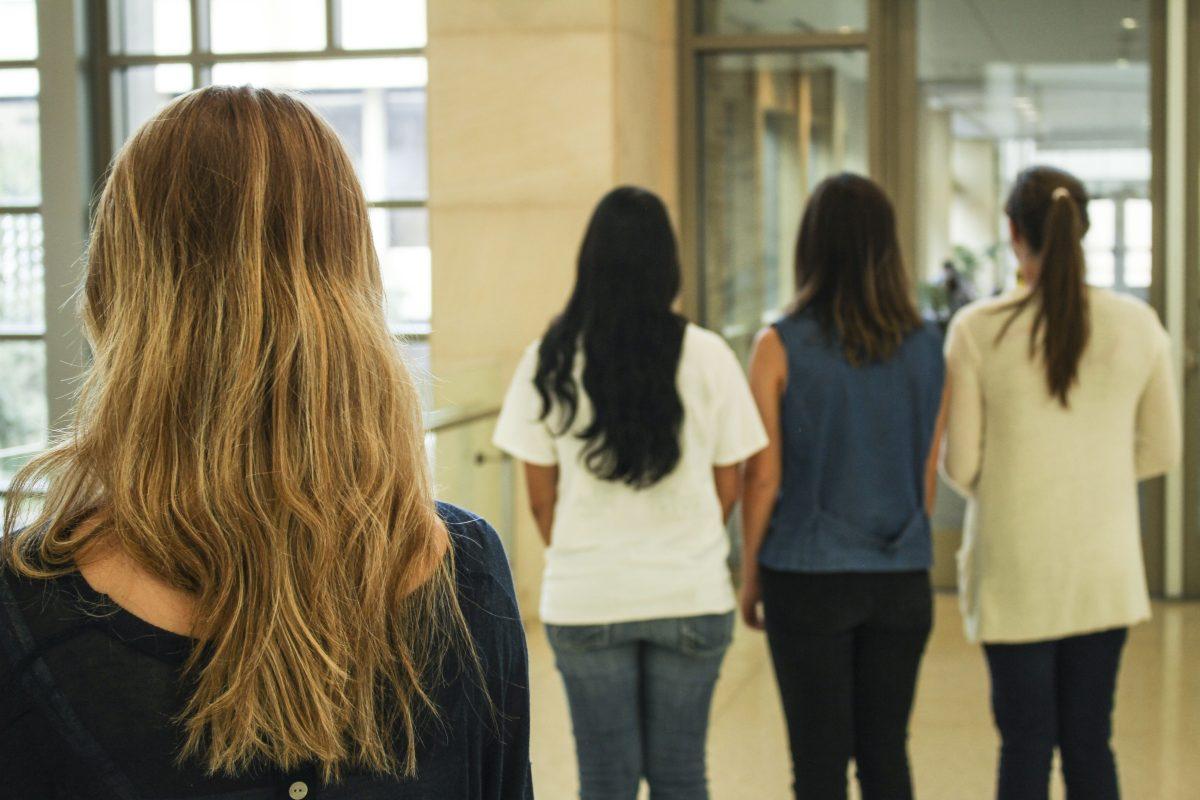Nearly 15 percent of female undergraduate students at Texas A&M have experienced some form of “nonconsensual penetration or sexual touching involving physical force or incapacitation” since entering college, according to the results of a campus climate survey released Monday.
The survey was conducted by the Association of American Universities in April 2015. Each of the 27 universities that elected to participate in the survey were provided with an individualized results report Monday as well.
Barry Toiv, vice president for public affairs for the Association of American Universities, said the universities that elected to participate did so in order to obtain a baseline of information on the climate surrounding sexual assault on their respective campuses.
“They realized that sexual assault and sexual misconduct were very significant issues that they needed to address in new ways and they needed — they believed — that they needed to conduct a climate survey to provide a baseline for their student’s experiences and attitudes about the issue, which they didn’t have before,” Toiv said.
Toviv said the survey also allows universities to compare situations.
Texas A&M University President Michael Young said A&M participated because the information is an important part of preventing sexual assault and learning why victims choose whether or not to report crimes.
“I think it’s useful to have some sense of the prevalences, the problem, in all its manifestations — how often does it happen? What do people know about services that are available in the event that there’s sexual assault or harassment? And where are we succeeding in what we’re trying to do, and where can we improve?” Young said.
Toiv said while the overall purpose of the survey was to aid universities in providing ways to prevent sexual assaults, he is not sure how each university will individually tackle the issue.
“We don’t know yet how they will use it, because it’s really up to each campus to figure out what their particular issues are and how they are best addressed,” Toiv said. “There’s no single answer for these universities, because they all have their own data to look at and their own set of answers that they’ve received from their students.”
Along with information regarding how often sexual assaults and sexual harassment occur at Texas A&M, the survey also included information about the likelihood of students reporting crimes. According to the results, 73.4 percent of students said, “It is very or extremely likely that the report would be taken seriously by campus officials” at A&M.
Young said while this result was promising, the number of sexual assaults that were reported is concerning.
“We were heartened by the fact that I think students knew that we would take it seriously,” Young said. “The percentage was much larger than I think most other schools on the one hand. On the other hand, we were disheartened by the fact that any of it goes on at this campus.”
Young said any incidents of sexual assault should be unacceptable to Aggies and are not in line with A&M’s core values.
Aubre Dean, international studies senior and speaker pro tempore of Student Senate, said while the reports of sexual assault were lower at A&M in comparison to other schools, the low participation from students signifies the results probably are not completely accurate.
“Just comparatively I was pretty happy to see that A&M’s rates weren’t as high as most of the other schools, especially the Texas schools, but I was really concerned by the fact that we only had a 9 percent response rate,” Dean said.
The University of Texas at Austin found 18.5 percent of female undergraduate students had been victims of sexual assault.
Young said university officials and administrators will look closely at these numbers and relate them back to A&M in terms of how the university can improve in certain areas, and bolster successful programs that seem to be successful.
In the meantime, Young said students should be assured that A&M is performing better than average, but should strive to make sexual assault nonexistent.
“I think [students] should react probably very much like I did, which is heartened by the fact that this is a place that, more than most, we treat each other with dignity and respect and work hard to create a safe environment where everybody can thrive, and be disheartened by the fact that we’re not 100 percent successful in that regard,” Young said.









